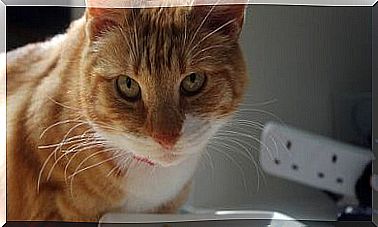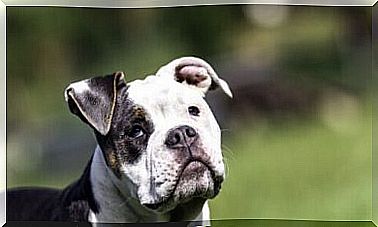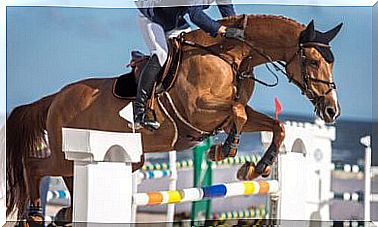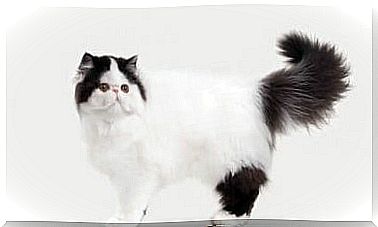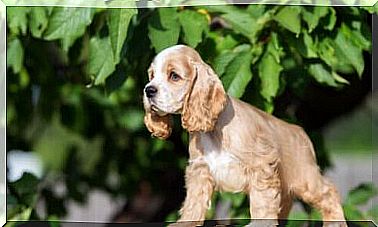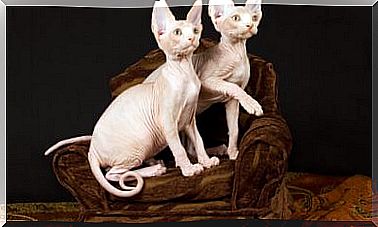A Mummified Wolf Cub Found In Canada

The Yukon Territory in Canada is famous for its gold mines and from now on will be recognized for other treasures found underground.
A perfectly preserved mummified wolf cub was discovered. The remains of a mummified caribou were also found a few meters away.
The two mummified animals were found by miners while searching for gold.
Discovered in 2016, the mummified wolf cub and the caribou (reindeer) were subjected to various tests.
The research teams worked tirelessly on the two animals. At this time, after two years, the mummies can be observed in the cultural center of Tr’ondëk Hwëch’in, in the city of Dawson.
Although the Yukon territory is currently covered by dense forests, the situation was very different in antiquity.
During the ice ages, the Yukon area was inhospitable, frozen and very dry. In addition to caribou and wolves, the tundra inhabited animals such as mammoths, saber-toothed tigers and bears.
a mummified wolf cub
Near Dawson, there are many mining companies exploring the ground in search of gold, but this territory hides many treasures beneath its surface.
Over the years, this area has proven to be a prehistoric fossil graveyard.
Mining teams consistently find huge bones of megafauna. For that reason, the miners who found the mummified animals were not particularly surprised.
Mining teams that find fossils know they must report them to the experts: paleontologists.
The first specimen they found was the caribou. A few weeks later, the same mining team made another discovery.
A few meters from the first find, they found the mummified wolf cub. Both animals keep their skin, muscles and coat intact.
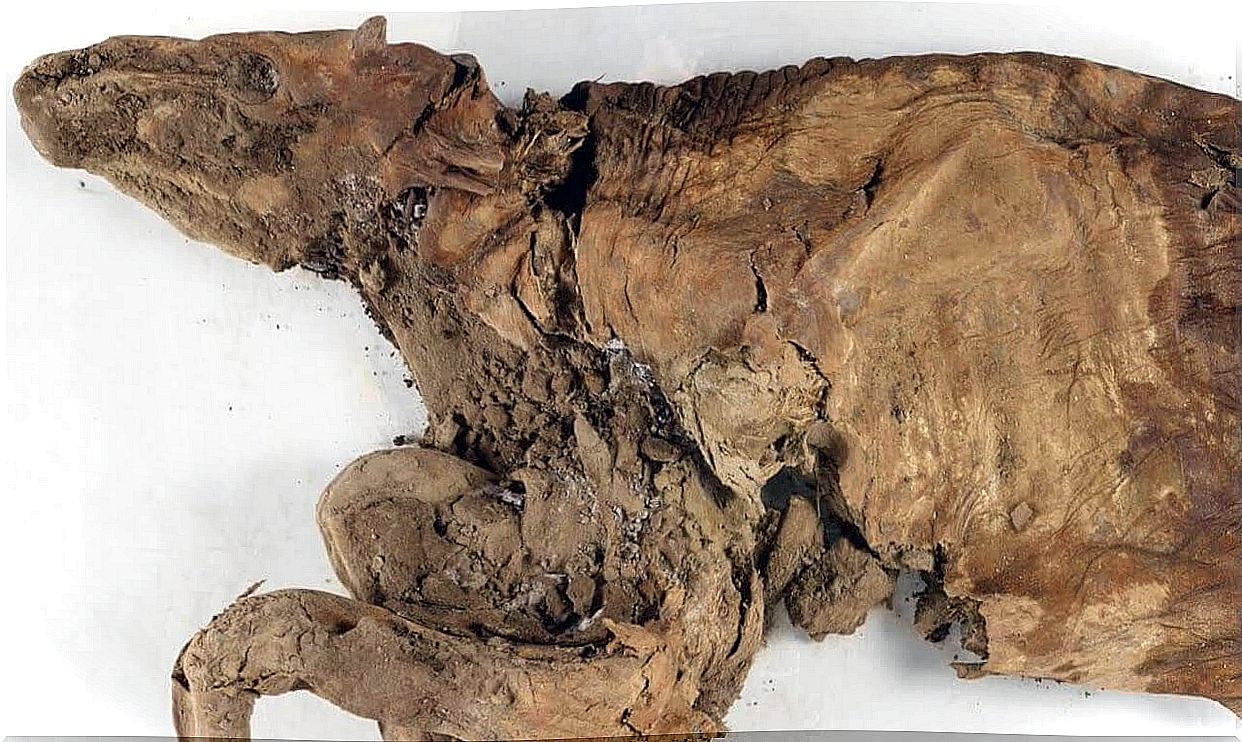
The wolf cub is almost completely preserved. The condition is so perfect that you can still see details on the head, tail and legs.
And, of course, the cub’s fur and fur are perfectly preserved. On the other hand, the caribou kept intact only the trunk, the two front legs and, of course, the head.
A member of the local team of paleontologists, Grant Zazula, explained several details of the discovery.
This was the only mummified wolf specimen found in the world that dates back to an ice age.
All scientists working on this research are very excited and surprised by the discovery. Paleontologists are used to working only with fossilized bones.
For these scientists, having the opportunity to work with real skin and fur is unique.
further experiments
The team of experts carrying out the research mainly wants to carry out a DNA analysis.
This will allow them to understand how he is related to his wolf descendants. To perform radiocarbon tests, small parts of the skin were extracted from both bodies.
These examinations produced surprising results: both fossils date back to 50,000 years ago. This is the earliest date a radiocarbon analysis can generate.
However, the caribou were found near a layer of volcanic earth that dates back 80,000 years. Some experts think this is a better indication of the actual age of the wolf and caribou.
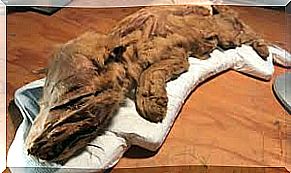
Zuzula indicated that there is still a lot of research to be done based on these two mummified animals.
From the carbon and nitrogen in their skin and coat, it is possible, for example, to know what these animals ate at the time.
Furthermore, Zuzula commented that it is curious that these two specimens were found in this way.
Although wolves and caribou now exist, these two animals were not very abundant in the ice ages. Because of their size, small animals did not usually survive the cold.
Their survival is a mystery to researchers, but many hope that the mummies’ DNA will reveal the secret.
Prehistoric DNA samples could help build an animal genealogy. In this way, one can determine how genetic evolution from prehistoric wolves occurred to modern wolves.
“This wolf’s remains are very important. They allow us to make a real connection with animals that lived thousands of years ago. When we look at them, we feel like reaching out and caressing them,” says paleontologist Elsa Panciroli.
The importance of the fossil
For the people of Tr’ondëk Hwëch’in the discovery of these animals represents much more than just an archaeological discovery.
Both animals are symbols of the original life of this territory. The caribou have fed and clothed the men and women of the Yukon Territory for centuries.
On the other hand, the wolf maintains balance in nature. Both animals together are a symbol of balance. Finding them means the union of nature through time.
For the village of Tr’ondëk Hwëch’in, the wolf cub represents the permanence of balance through time.
